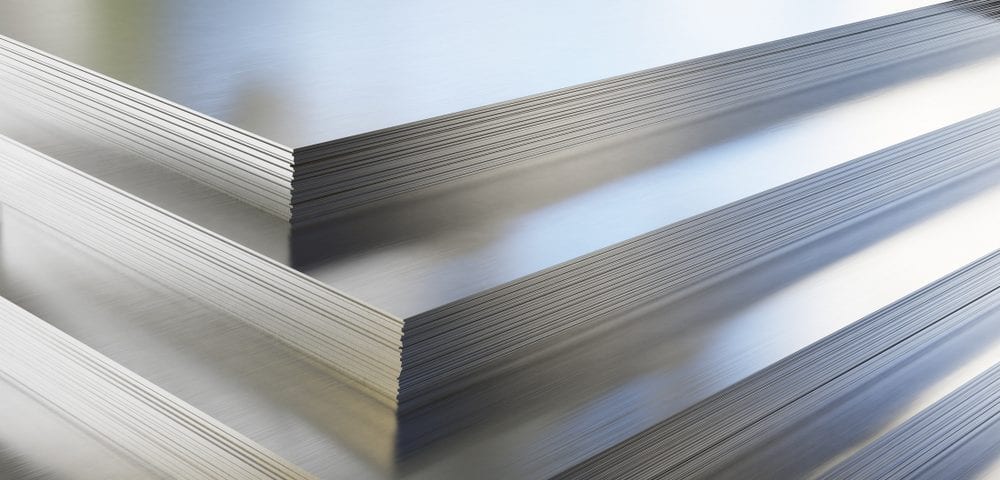Understanding Metal Creep Stages Prevention, Part 1

Steel Overheating and Burning Differences and Prevention
May 15, 2020
Understanding Metal Creep Stages Prevention, Part 2
June 5, 2020When selecting a given steel or metal for an upcoming project, there are numerous factors to keep in mind. One of these is the possibility of one of a few different kinds of metal deformation, and one such deformation type is known as metal creep.
At Wasatch Steel, we’re happy to detail the properties of our steel bar, steel tube and other steel products and whether they might be at minor risks of metal creep deformation for the application you’re considering them for. In this two-part blog series, we’ll go over what creep deformation is and why it happens in some metals, plus the stages of creep and how to prevent it from happening to your metal.
Metal Creep Deformation Basics and Definition
While creep is not a well-known deformation type, it can create excessive damage in many cases, including complete failures in some metals that present both human and property hazards. It takes place at stress levels below the metal’s yield strength, commonly when temperatures are elevated.
We mentioned yield strength, which is important for any metal because it defines the stress level at which metals begin to plastically deform. Creep is a strange effect within this realm: It actually causes this kind of strain in metal materials even when they haven’t reached their yield stress point. To understand how this happens, we’ll break metal creep deformation down by its common stages.
Stage 1
Stage one of this process is also known as the primary creep stage, and it begins when elastic deformation starts. This deformation is the result of the stretching of atomic bonds within the metal – at least for now, it will not be permanent.
However, as this stage progresses, the deformation becomes more and more long-lasting, eventually becoming permanent. The deformation tends to start out quickly then slow down with time, generally due to work hardening taking place near the end of this stage.
Stage 2
As soon as strain rate begins to stabilize itself during this process and reaches a constant point, we have entered the second stage of creep, known simply as secondary creep. As we noted earlier, this is a point where the process slows down a bit, at least in comparison to stages one and three of the process. The rate does remain constant, and the relatively slow pace it takes is generally due to the fact that no actual microstructural damage has yet taken place. This damage begins in stage three, however, which is the most rapid and consequential stage to be aware of – and which we’ll cover in part two of this series.
For more on metal creep deformation and how to avoid it, or to learn about any of our steel products or services, speak to the staff at Wasatch Steel today.



